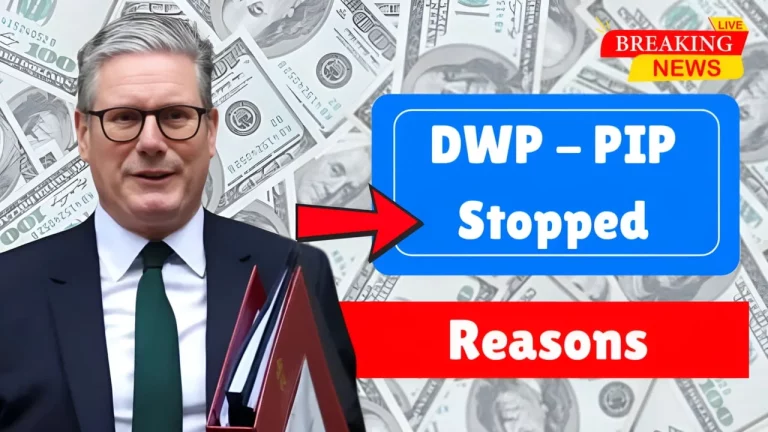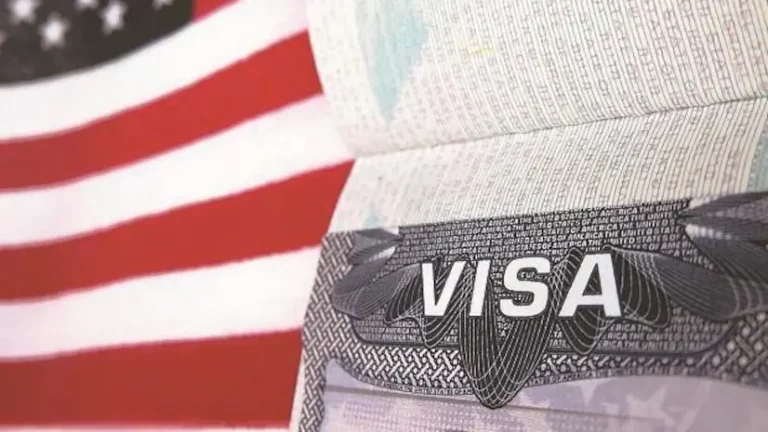Know The Reasons Behind The Problems with Medicare Payments
Medicare Advantage organisations received $4.2 billion in additional payments in 2024 by doing home visits to senior patients who might not have required them for serious diseases, according to troubling research. The study, which focused on the health risk assessments (HRAs) conducted, was released by the Department of Health and Human Services’ Office of Inspector General.
Medicare participants with severe health conditions that make it difficult for them to leave their homes are typically diagnosed with these HRAs. Since they also act as an evaluation for increased risk-adjusted payments for Medicare Advantage plans, they are an essential component of the program. Insurance firms would get compensated more for their services as a result, and abuse of these HRAs could have a detrimental effect on the program’s overall funding, which is why the investigation was started.
Many insurance firms did not benefit from the report, which said that many of the evaluations were unnecessary and that UnitedHealthcare was the largest beneficiary of the process, collecting $3.7 billion in risk-adjusted payments last year, followed by Humana with $1.7 billion.
UnitedHealthcare disagreed vehemently with the study deeming it “A misleading, narrow and incomplete view of risk adjustment data is being used to draw inaccurate conclusions about the value of in-home care for America’s most vulnerable seniors in Medicare Advantage.” They continued explaining that the performed home visits, which typically last for 45 to 60 minutes, were provided by “highly trained and board-certified advanced practice clinicians are among the most comprehensive and thorough assessments of a patient’s health and physical environment available in the health care system, helping to identify and drive needed follow-on care for the vast majority of the patients with whom we engage.”
Humana spokesman Kevin Smith further clarified that “HRAs are tools recognized by CMS and help ensure Medicare Advantage members receive better care and health outcomes. These assessments complement and support the care provided by primary care physicians and patients are always referred back to their physicians for follow-up care. We will continue to work closely with CMS and policymakers to improve HRA transparency and accuracy measures and to ensure the highest standards of care and compliance.”
HRAs affected Medicare Advantage plans
The research states that 1.7 million Medicare Advantage plan enrollees received these home visits last year, but they did not obtain any follow-up appointments, treatments, tests, or supplies to support their diagnoses. The fact that the recipients received no treatment for their alleged illnesses suggested to the researcher that the visits might not have been appropriate.
“In-home HRAs and HRA-linked chart reviews may be more vulnerable to misuse because these tools are often administered by Medicare Advantage companies or their third-party vendors and not enrollees’ providers. Diagnoses reported only on these types of records heighten concerns about the validity of the diagnoses or the coordination of care for Medicare Advantage enrollees.”
Medicare paid private insurance companies $7.5 billion last year to cover the cost of these HRAs and HRA-linked chart reviews. The cost difference between an HRA and a doctor’s visit is the reason behind this.
The paper estimates that each in-home HRA earns around $1,869 in risk-adjusted payments, whereas a visit to a doctor’s office or other healthcare facility generates approximately $365 in compensation. “Stood out from its peers, especially in its use of in-home HRAs and HRA-linked chart reviews to generate risk-adjusted payments,” the audit said, specifically criticising UnitedHealth Group.
However, they are not alone; the analysis found that 20 businesses accounted for 80% of the $7.5 billion in risk-adjusted payments made by the thousands of Medicare Advantage plan providers. The way this case is handled will set a significant precedent for diagnosis in the future.







